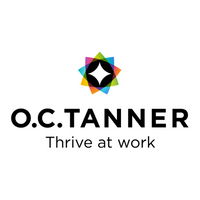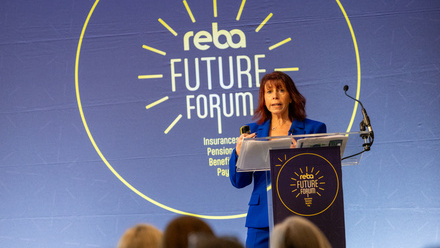5 top tips to create a fully-rounded wellbeing strategy

Using findings from The 2018 Global Culture Report by The O.C. Tanner Institute, Georgia Portwain, Culture and Engagement Strategist from O.C. Tanner Europe provides her top tips on how to care for employees’ total wellbeing needs, otherwise know as ‘holistic wellbeing’.
- Don’t have a blinkered approach to wellbeing – Think beyond just physical wellbeing so that social and emotional wellbeing are prioritised. Leaders must also be convinced of the bottom line benefits of this approach so that they’re on board otherwise any initiatives will quickly fall flat. The advantages of taking a rounded approach to wellbeing are huge, for instance, when social and emotional wellbeing are prioritised, 52 per cent of employees will feel less stress than average.
- Be inclusive – Employees must feel that they can be their authentic selves, they belong and are valued. ‘Belonging’ is especially important in today’s workplace as the rise of technology is leading to higher level of loneliness and depression. When an organisation’s culture is inclusive, employees are 141 per cent more likely to feel a sense of belonging, and so showing acceptance and tolerance towards all types of people, regardless of gender, race, background and sexual orientation, is absolutely key.
- Focus on work/life integration and building connections – Ensure your workplace is filled with camaraderie and encourage workplace friendships and interactions rather than relying on technology for communications. It’s also important to provide policies and technologies to allow employees to decide to want extent they want to integrate their work and personal lives. When employees feel forced to respond to work-related issues while away from work, 34 per cent are more likely to leave the organisation.
- Ensure the work space enables collaboration – Workspaces that consist of lines of desks and a couple of meeting rooms will never encourage creativity, collaboration and innovation. It’s important to create communal spaces that are inviting, perhaps with shared screens to build camaraderie and enable teamwork. When an organisation’s workspace facilitates interactions with colleagues, employees are 84 per cent more likely to have a close friend at work and are 92 per cent more likely to feel optimistic about the future! However it’s equally as important to provide areas where staff can have some personal space if needed.
- Appreciate! – Never underestimate the power of appreciation on a person’s wellbeing. When an organisation has an effective recognition programme in place, which ensures staff are thanked in a meaningful and sincere way, and which involves managers and peers in the celebrations, this can lead to powerful results. In fact, when employees are regularly recognised for the efforts they put in and the results they achieve, they feel a 33 per cent increase in a sense of belonging and a 27 per cent increase in overall health.
More than ever, it’s important for organisations to consider the very ‘human needs’ of its staff. Although technology has brought the world closer together, it’s also the cause of loneliness and isolation, with staff increasingly likely to email rather than have a conversation with their work colleagues. It mustn’t be forgotten that people thrive on social interactions and this is crucial to a person’s sense of overall wellbeing, which is why organisations must address the holistic wellbeing of their staff. The results of a joined-up approach to wellbeing will be a workplace in which people feel prioritised, a sense of ‘belonging’ and are both happy and healthy.
This article is provided by O.C. Tanner.
If you'd like to further develop your knowledge about employee wellbeing, a day at the Employee Wellbeing Congress on 20 June in London, is the essential event for you.
Supplied by REBA Associate Member, O. C. Tanner
Giving teams the integrated tools they need when, where and how they need them.







